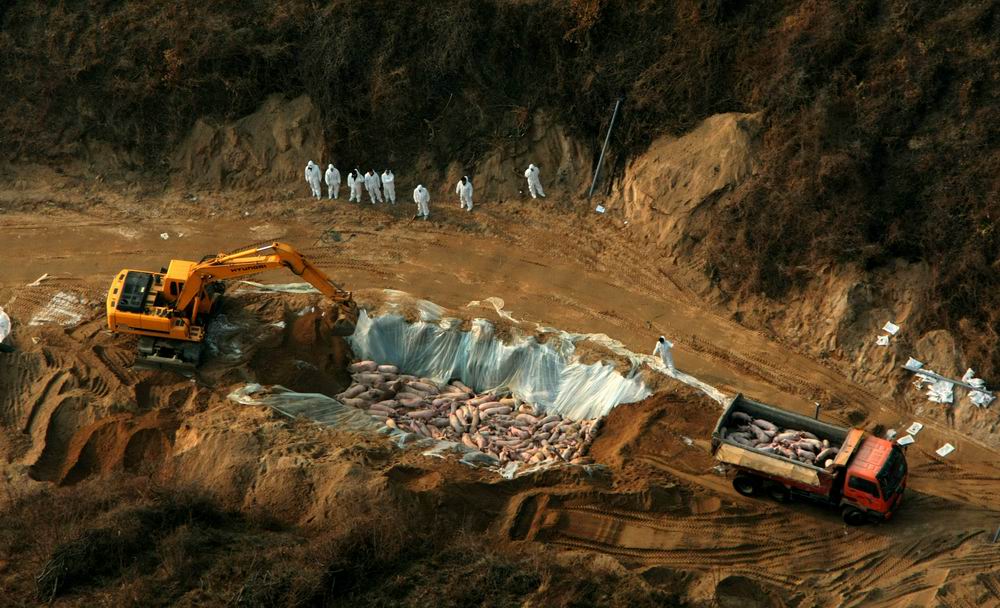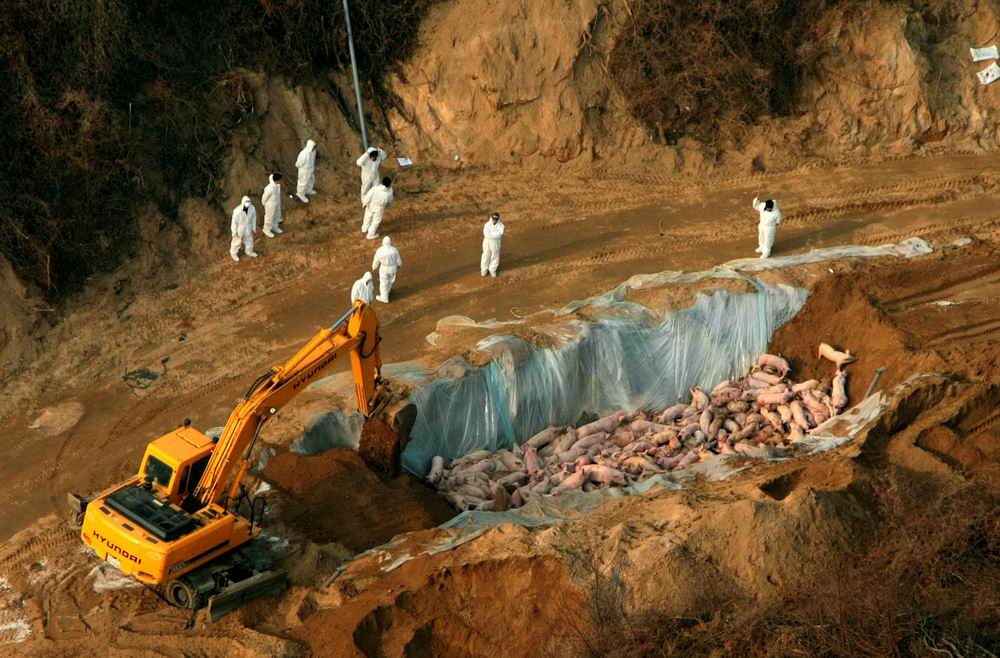January 09, 2011
January 08, 2011
January 07, 2011
January 05, 2011
My Way News - World Bank issues its 1st yuan bonds in Hong Kong
By KELVIN CHAN
HONG KONG (AP) - The World Bank is issuing its first bonds denominated in China's yuan in Hong Kong, joining a growing number of borrowers tapping the new debt market as Beijing gradually promotes of its tightly controlled currency abroad.
The World Bank said buyers of its 500 million yuan ($76 million), two-year bond were mainly Hong Kong-based financial institutions, companies and wealthy individuals. It said the money will go into its general fund, rather than being raised for a specific purpose.
The yuan is not traded on global currency markets but Beijing has loosened controls and allows Hong Kong banks to use it. Hong Kong is Chinese territory but has its own currency and a Western-style legal system and often is used as a site for mainland companies to interact with foreign investors.
Beijing began allowing foreign companies to issue yuan debt last year. The Asian Development Bank, Caterpillar Inc. (CAT) and McDonald's Corp. have sold yuan-denominated debt to finance activities in China.
Buyers of such bonds hope to gain from both interest payments and the growing strength of the yuan, which is rising against the U.S. dollar.
China is set to gain a bigger say in the World Bank after a restructuring last year to boost the voting power of developing countries. If approved, China will be the third-biggest voting power after the United States and Japan.The World Bank provides low-interest loans and technical assistance to developing countries.
Beijing is promoting Hong Kong as a platform for yuan-based international banking. Hong Kong banks started handling yuan in 2004 and now offer services ranging from deposits to credit cards to trade financing that allows foreign companies to pay Chinese business partners in yuan.
Analysts say Beijing wants to see the yuan, also known as the renminbi, or people's money, become a global currency like the dollar or euro, though that could take years or decades.
Increased use of the yuan abroad could help China by reducing the exchange-rate risks faced by its exporters, who now are paid mostly in dollars.
"There are so many benefits that China can achieve from shifting trade to the local currency," said Credit Agricole economist Darius Kowalczyk.
Borrowing costs for China's government and companies also would decline if foreign investors were willing to buy more yuan-denominated bonds.
In August, McDonald's Corp. sold nearly $30 million in yuan bonds to pay to build new restaurants in China. Caterpillar sold $150 million in yuan bonds to provide financing for buyers of its heavy equipment.
Also last year, the Asian Development Bank sold $181 million in bonds to raise money to provide development projects in China.
http://apnews.myway.com/article/20110105/D9KI6Q3O0.html
The World Bank said buyers of its 500 million yuan ($76 million), two-year bond were mainly Hong Kong-based financial institutions, companies and wealthy individuals. It said the money will go into its general fund, rather than being raised for a specific purpose.
The yuan is not traded on global currency markets but Beijing has loosened controls and allows Hong Kong banks to use it. Hong Kong is Chinese territory but has its own currency and a Western-style legal system and often is used as a site for mainland companies to interact with foreign investors.
Beijing began allowing foreign companies to issue yuan debt last year. The Asian Development Bank, Caterpillar Inc. (CAT) and McDonald's Corp. have sold yuan-denominated debt to finance activities in China.
Buyers of such bonds hope to gain from both interest payments and the growing strength of the yuan, which is rising against the U.S. dollar.
China is set to gain a bigger say in the World Bank after a restructuring last year to boost the voting power of developing countries. If approved, China will be the third-biggest voting power after the United States and Japan.The World Bank provides low-interest loans and technical assistance to developing countries.
Beijing is promoting Hong Kong as a platform for yuan-based international banking. Hong Kong banks started handling yuan in 2004 and now offer services ranging from deposits to credit cards to trade financing that allows foreign companies to pay Chinese business partners in yuan.
Analysts say Beijing wants to see the yuan, also known as the renminbi, or people's money, become a global currency like the dollar or euro, though that could take years or decades.
Increased use of the yuan abroad could help China by reducing the exchange-rate risks faced by its exporters, who now are paid mostly in dollars.
"There are so many benefits that China can achieve from shifting trade to the local currency," said Credit Agricole economist Darius Kowalczyk.
Borrowing costs for China's government and companies also would decline if foreign investors were willing to buy more yuan-denominated bonds.
In August, McDonald's Corp. sold nearly $30 million in yuan bonds to pay to build new restaurants in China. Caterpillar sold $150 million in yuan bonds to provide financing for buyers of its heavy equipment.
Also last year, the Asian Development Bank sold $181 million in bonds to raise money to provide development projects in China.
http://apnews.myway.com/article/20110105/D9KI6Q3O0.html
Posted by
Me
at
Wednesday, January 05, 2011
0
comments
![]()
Pigs burial raises concerns over water contamination
By Park Si-soo
Is it a curse if animals get buried alive?
Residents of a village hit by foot-and-mouth disease (FMD) in Paju, Gyeonggi Province, have seen their faucets start to deliver water mixed with blood since the beginning of the New Year.
This eerie situation, first reported last Saturday, came just one day after some of nearly 1,000 pigs within a 500-meter radius of an FMD-hit livestock farm were buried alive in the village’s vicinity to prevent further spread of the deadly animal disease.
Quarantine officers claim the situation is temporary and things will soon return to normal, while many experts are skeptical, insisting that blood from the buried animals will gradually soak into the ground to eventually contaminate underground water reservoirs, a major source of drinking water for the villagers.
The authorities said the slaughtered animals were buried in a 4-5 meter-deep hole covered by two-fold vinyl to keep anything from their bodies from leaking out.
But it’s uncertain whether the vinyl would remain intact if they had been buried alive.
“It’s possible that the vinyl could be torn by animals struggling to survive,” a quarantine officer said.
In principle, animals are killed before burial. But the rule has frequently been violated with the spread of the disease, outpacing the authorities’ slaughter capacity.
More than 660,000 cows and pigs have been culled and buried across the country since the first outbreak of the disease in Andong on Nov. 29. The toll of affected livestock is at the country’s highest level since 2002, when 160,000 were slaughtered, according to the Ministry of Food, Agriculture and Fisheries.
In October, Rep. Hong Young-pyo of the main opposition Democratic Party said, “Underground water near burial sites for animals slaughtered between 2008 and 2010 showed higher contamination with colon bacillus and other bacteria than that of remote areas,” citing a report from the Ministry of Environment.
The report said some underground water in Incheon, and Gyeonggi and South Chungcheong provinces had been designated “undrinkable” due to contamination levels higher than the legal minimum.
“If an infant drinks the water, he or she could die, in the worst case scenario,” the report said.
The ministry admits the buried animals could become a major culprit leading to serious contamination of water resources and the soil around burial sites. But it said this is not the case — as yet.
“Still, underground water near affected areas remains clean enough to drink,” said an official from the water quality management division of the Environment Ministry.
Many environmentalists have lashed out at the burial operation, labeling it as an “inhumane” and “obsolete” countermeasure against the disease.
Last Tuesday, a group of environmentalists and animal lovers staged a rally in Seoul, calling for a halt to the “brutal” burial alive of animals and the wider use of vaccination.
(땅구덩이 안에 비닐을 깔고 있는 모습)
(돼지 한마리가 아무것도 모른채, 땅구덩이 비닐안에 빠져 있음)
(포크레인으로 땅구덩이에 파묻기 위해, 돼지들을 몰아가고 있음)
(포크레인으로 돼지들을 땅구덩이에 밀어넣고 있음)
(포크레인으로 돼지들을 땅구덩이안에 밀고 떨어뜨리고....)
(만삭의 어미돼지들의 모습)
(만삭의 어미돼지와 새끼돼지들이 땅구덩이안에서 매몰되기 직전의 모습)
(차마 보낼 수 없어 품에 안았던 어린 새끼돼지도 산채로 땅속에 묻혔음)



Sources:
http://www.koreatimes.co.kr/www/news/nation/2011/01/117_79094.html
http://happylog.naver.com/care/post/PostView.nhn?bbs_seq=15402&artcl_no=123461127991&scrapYn=N
January 04, 2011
January 03, 2011
Subscribe to:
Posts (Atom)










